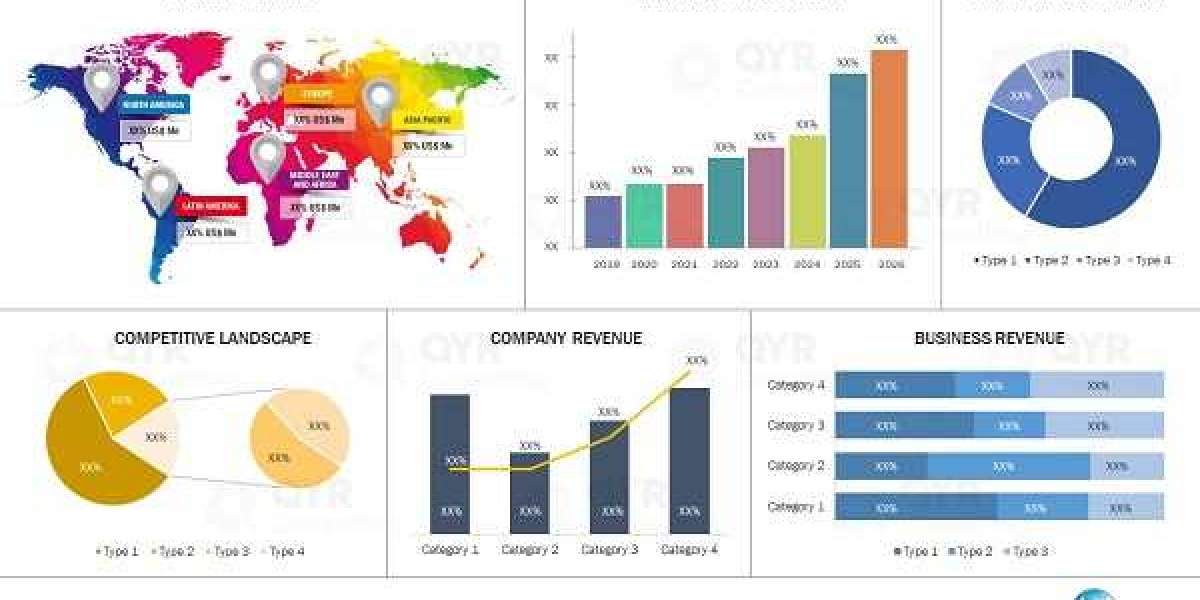Luckystrike88 – The Ultimate Gaming Hub
Luckystrike88 is an online gaming platform that stands out due to its diverse game selection, secure environment, and strong focus on user satisfaction. The platform offers a wide range of games, including traditional casino favorites like blackjack, roulette, and poker, as well as modern video slots. Luckystrike88 ensures that players have an enjoyable experience by offering a user-friendly interface that allows them to easily navigate between games. Its secure payment system ensures that players can deposit and withdraw funds without any concerns about their financial safety.
One of the main attractions of Luckystrike88 is its commitment to providing a safe and secure platform for players. With state-of-the-art encryption technologies in place, the platform protects sensitive user information and financial transactions. This focus on security has contributed to the platform’s increasing popularity, as players feel confident in their ability to enjoy gaming without compromising their personal data. Additionally, Luckystrike88 is licensed and regulated, ensuring that it adheres to all necessary standards for fairness and security.
The variety of games on Luckystrike88 caters to players with different tastes and skill levels. Whether players prefer the fast-paced action of slots or the strategic gameplay of poker and blackjack, there is something for everyone. To increase their chances of winning, players can develop strategies based on the specific game they’re playing. For example, understanding betting patterns in blackjack or poker can provide a significant advantage in these skill-based games.
Players’ experiences with Luckystrike88 have been largely positive, with many praising its wide range of games, secure platform, and responsive customer support. The site also offers various promotions that help enhance the overall gaming experience. Luckystrike88’s dedication to security, customer service, and diverse gaming options make it an ideal platform for players seeking a reliable and enjoyable online gaming experience.











